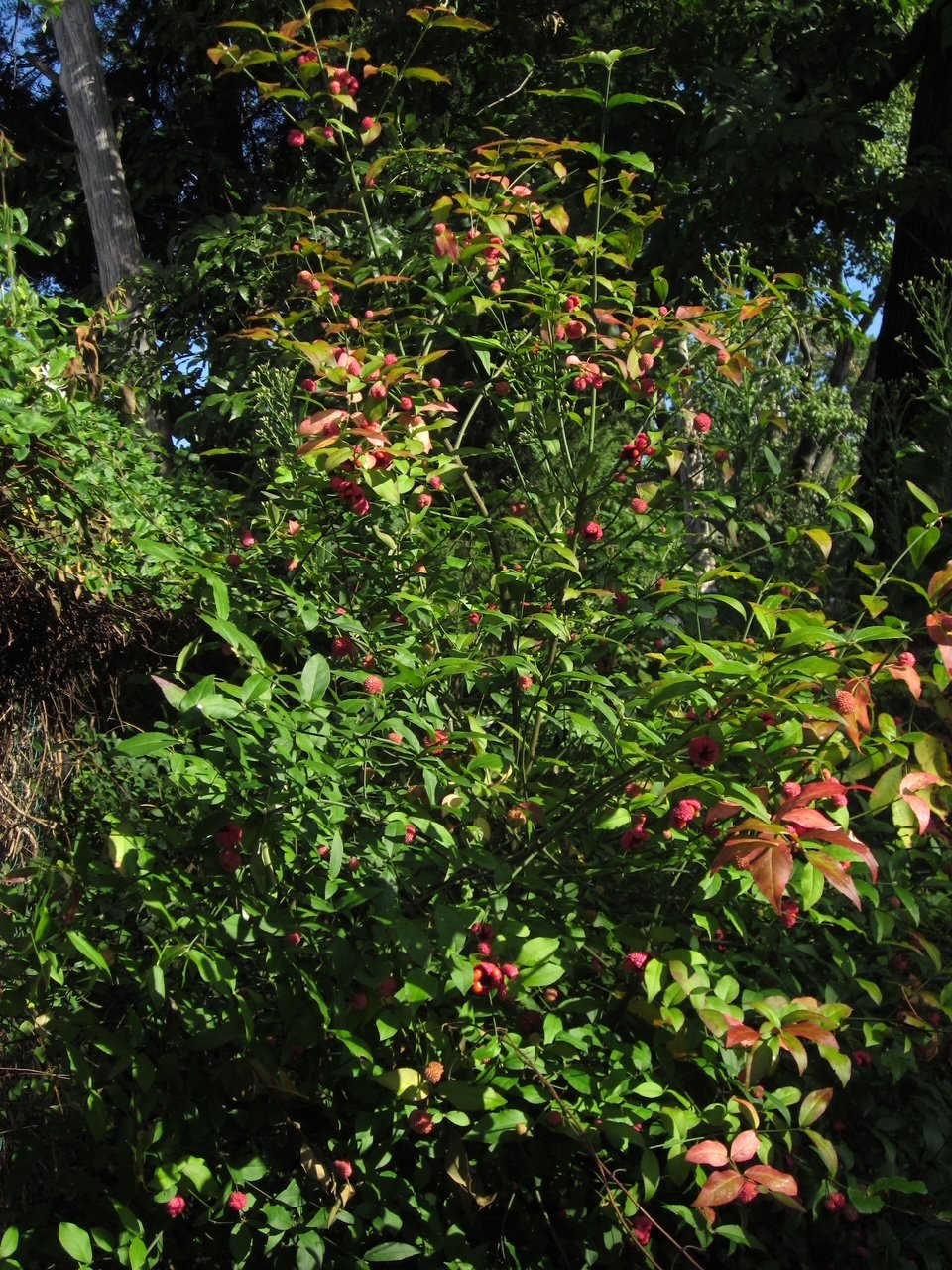Photo: Itea virginiana (Virginia Sweetspire), Elaine Mills
Introduction:
Invasive plants are one of the most significant risks to native habitat. Frequently, invasive plants get their start in gardens when they are planted deliberately. However, they can escape their original plantings and take over surrounding areas because native insects do not eat them. Bradford Pears are one obvious example of a non-native plant that has escaped cultivation and is growing wild in northern Virginia.
This month we are initiating a new series, “Plant This, Not That” by Alyssa Ford Morel that offers suggestions on replacing invasive non-native plants with northern Virginia Natives. Alyssa is an Extension Master Gardener with the Master Gardeners of Northern Virginia and serves as one of the Coordinators of the Glencarlyn Community Library Garden. She is also a Master Naturalist with the Arlington Regional Master Naturalists and an Audubon at Home Ambassador.
Plant This Not That: Replacing Nandina
by Alyssa Ford Morel
In the mid-70s, my family moved from Southern California to Northern. My parents purchased a typical ranch home made distinctive by the builder’s love of all things Asian. The shingles on the corners of the roof were built up into peaks and the front door had a calligraphic pattern on it.
My parents were dedicated gardeners and immediately hired a landscape architect to turn the yard into something special. Taking cues from the house, he used Asian plants including Japanese maples, Barberries, and Heavenly bamboo, or Nandina domestica.
Imported plants like the ones in that garden often do extremely well in America, partly because they are removed from the native insects that eat them. Over the years, many non-native plants have been so widely used that they are now more familiar to the average gardener than native plants. Sadly, over time, some of these exotics have shown an invasive nature.
Invasiveness is a commonly misunderstood term – it is not about what happens in cultivation. By definition, to be invasive, a plant must be non-native to the particular area and be capable of escaping cultivation and out-competing local wild plants, causing harm. A plant may be well-behaved in a garden, but a bully in the wild.
Nandina is one of those beautiful but invasive plants throughout much of the American Southeast, and is invasive in much of the East Coast. At the Glencarlyn Library Demonstration Garden which I help coordinate, we used to have Nandina, but we replaced them with other great plants. If you would like to do the same, here are some ideas.
Euonymus americanus (Strawberry Bush), Elaine Mills
If you like Nandina’s colors, consider replacing it with Euonymus americanus (Strawberry bush). Its mixed peach/rust/green leaves in the fall are similar to the colors of Nandina, plus it has vibrant strawberry and orange-colored berries in the fall, giving rise to its two common names, Strawberry Bush and Hearts-a-Bustin. One word of warning is that this shrub is deer candy, and if you have trouble with deer browse, it’s not the best choice for you. However, if you don’t have deer issues, please consider this plant, as it struggles to survive in the wild anywhere that the deer population is high.
If you have small Nandina that you want to replace with another small shrub, consider Itea virginiana (Virginia sweetspire) ‘Little Henry,’ ‘Merlot,’ ‘Scentlandia,’ or any of the other small cultivars. These cultivars get to be 2 ½’ to 3' high and wide and have white flowers in spring and vibrant fall colors. Scentlandia has fragrant flowers.
Itea virginiana (Virginia Sweetspire), Elaine Mills
Cornus sericea (Red Twig Dogwood), Elaine Mills
In the Library Garden, we replaced a Nandina with a Cornus sericea (Red twig dogwood) shrub. This graceful upright shrub has white flowers in spring and red stems that brighten the winter landscape after it drops its leaves. New growth yields the brightest stems, so strategic cutting back is helpful. Happily, if you put those cuttings in a pot or directly into the ground, they root very easily, and you will soon have a new shrub to enjoy or share with a friend.




